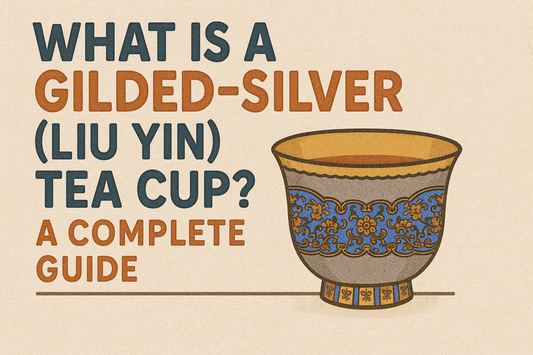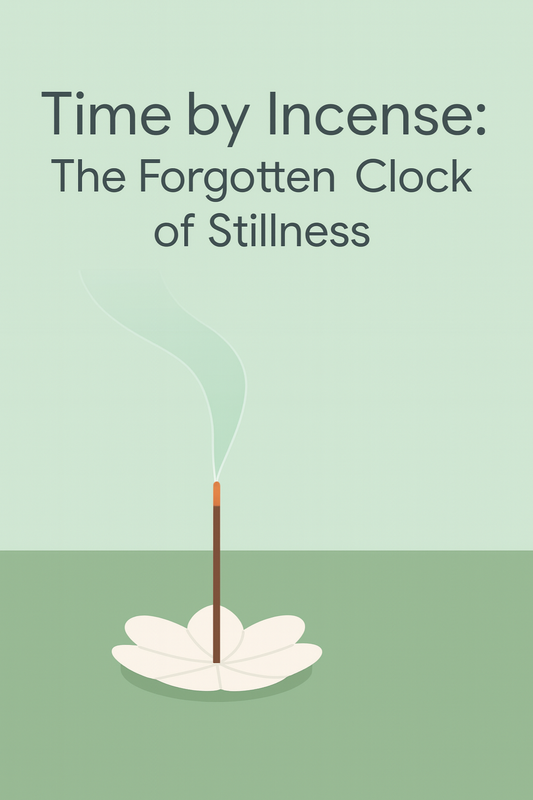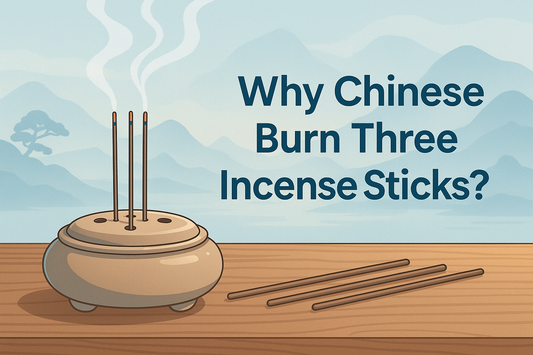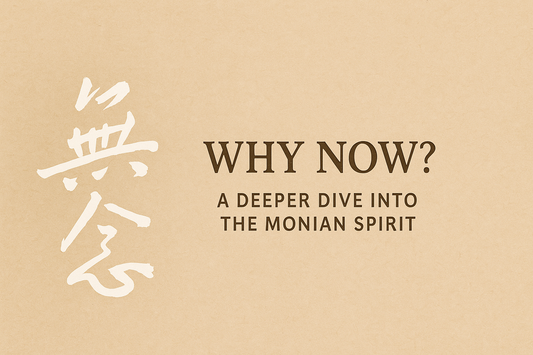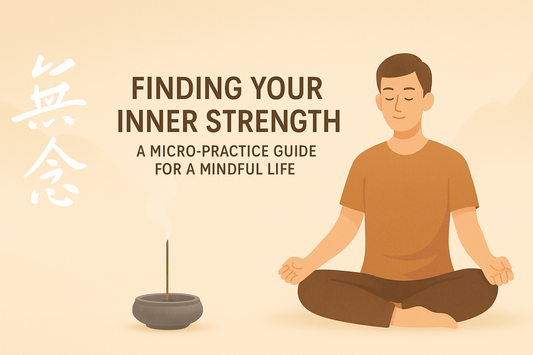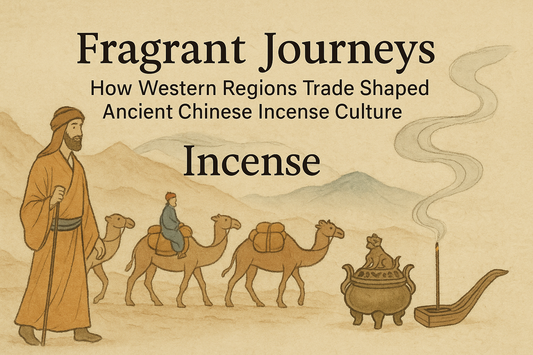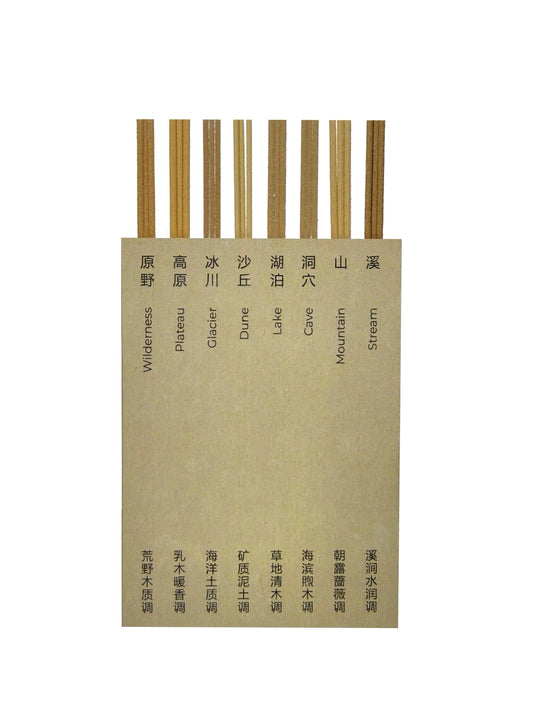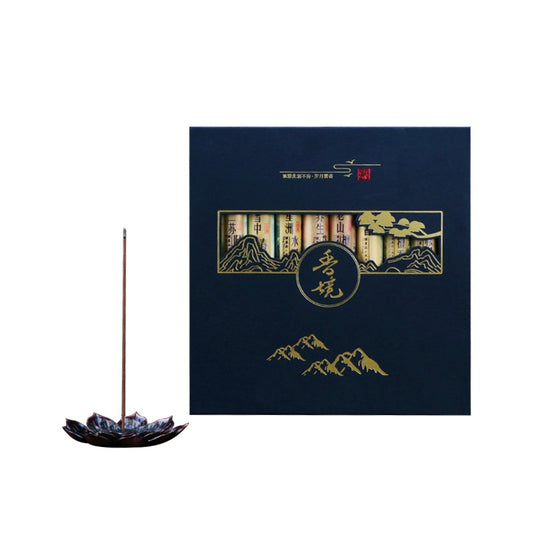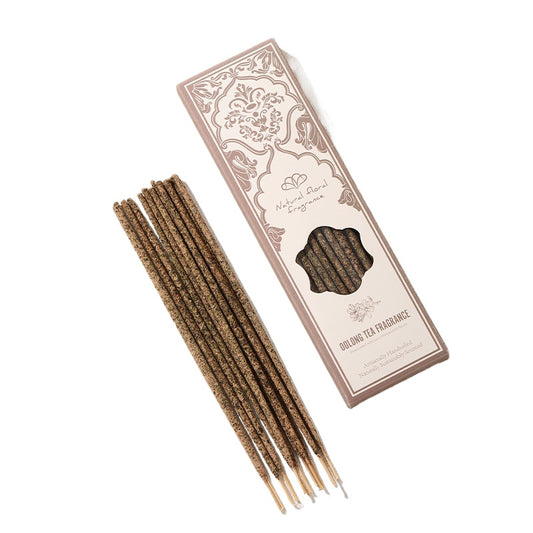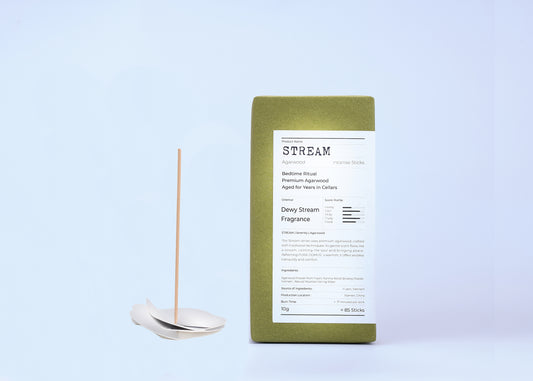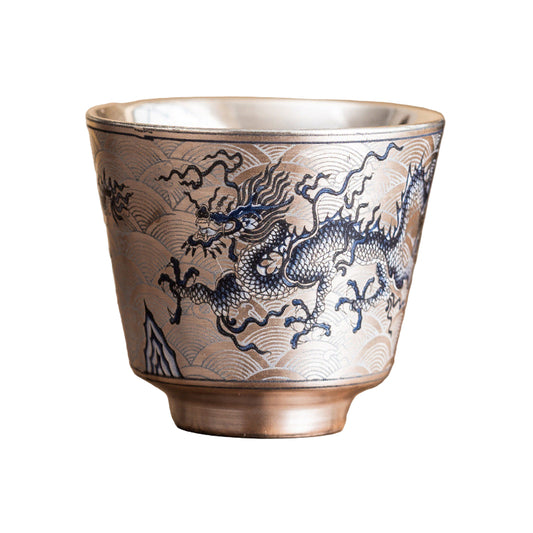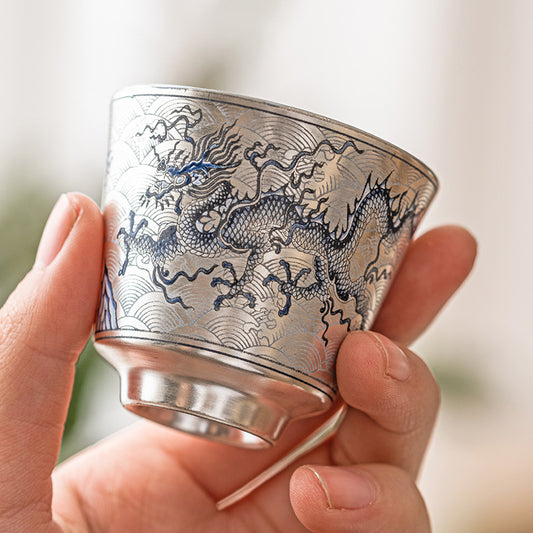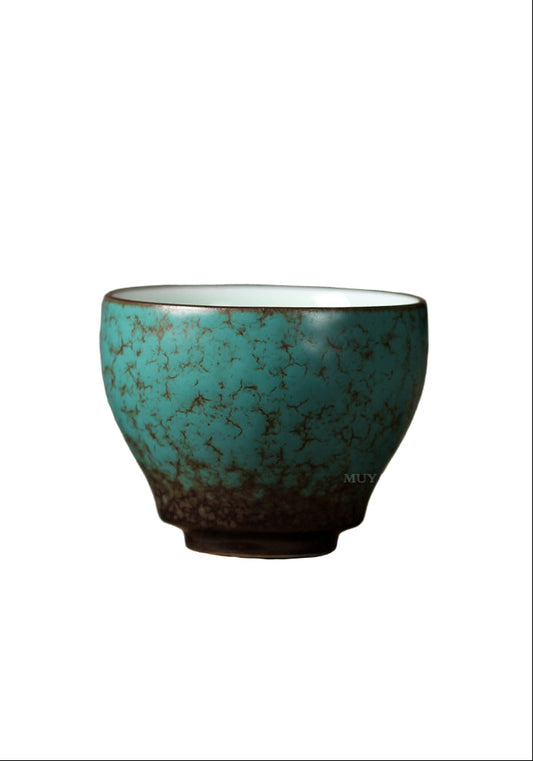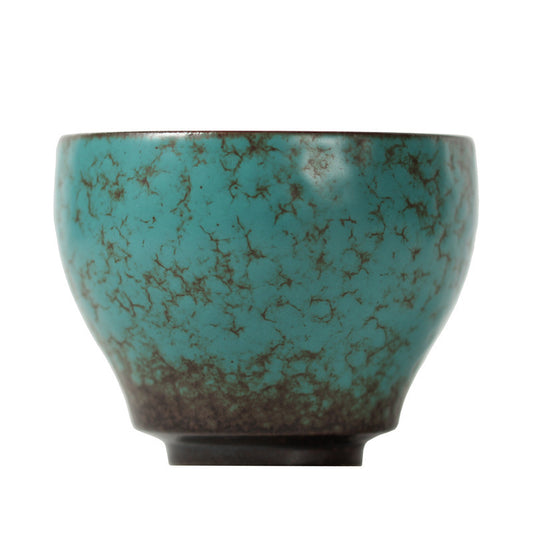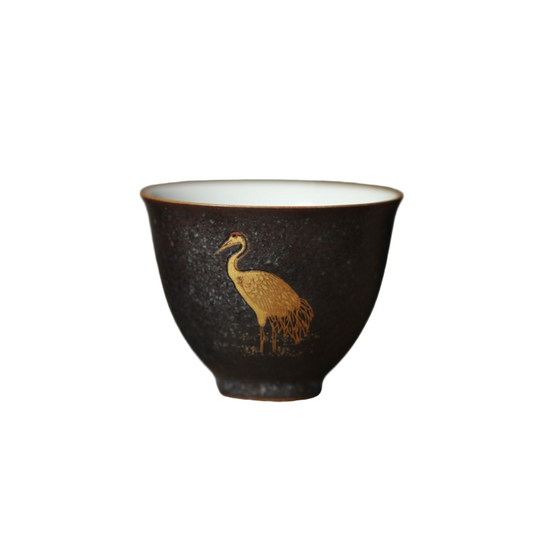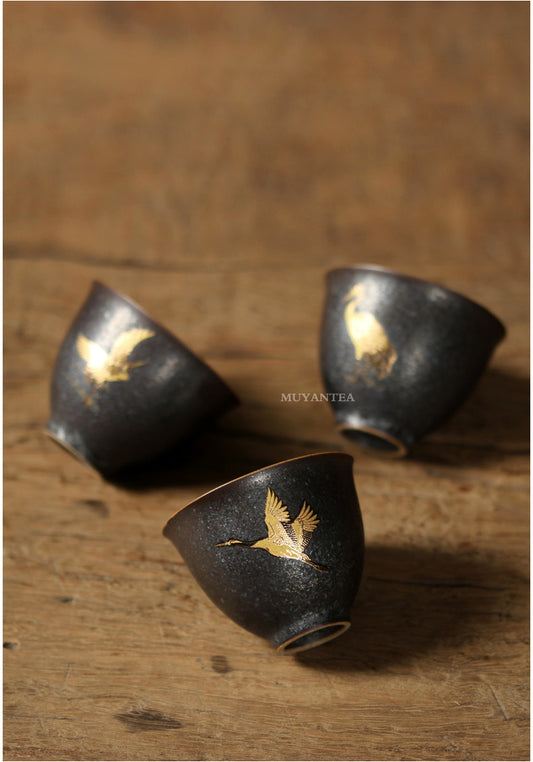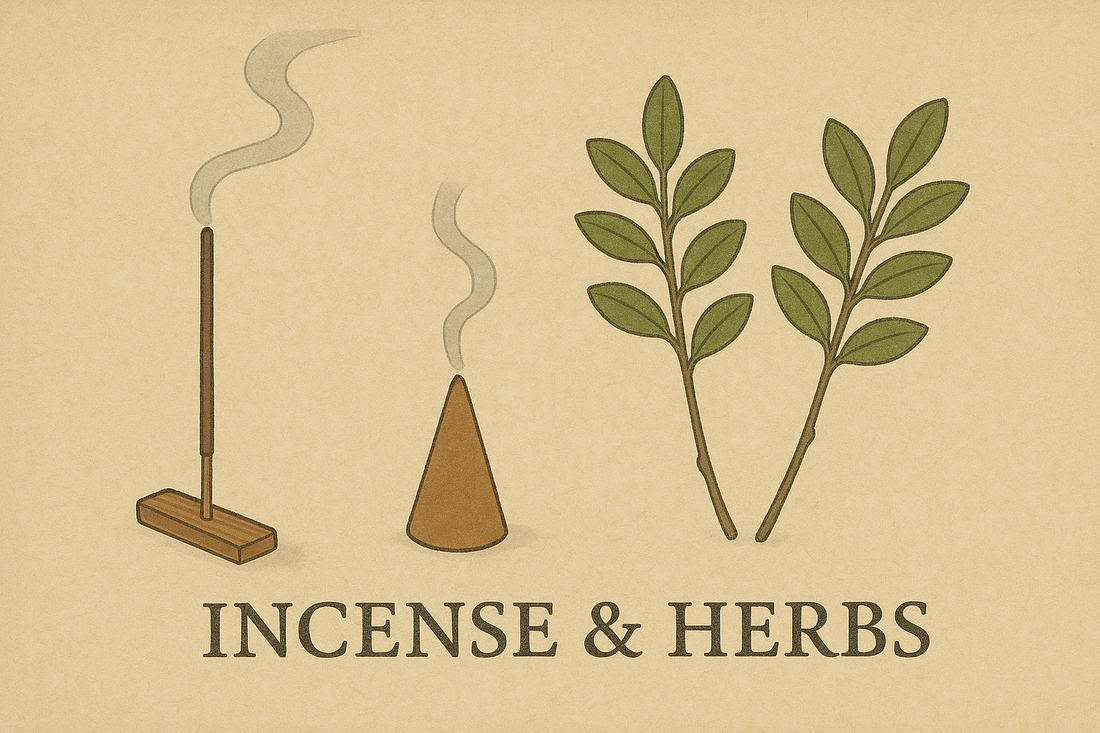
Healing Aromatic Herbs: Ancient to Modern
The Medicinal and Health-Preserving Applications of Aromatic Herbs:
Unveiling the Timeless Wisdom of Fragrance in Healing and Well-being
The Ancient Wisdom and Modern Resonance of Aromatic HerbsSummary:
Incense, since ancient times, has been closely intertwined with human civilization. In the vast river of traditional Chinese medicine, aromatic herbs are not only effective remedies for diseases but also an indispensable part of daily health preservation. This ancient wisdom finds astonishing validation in modern aromatherapy, marking the transition of incense from a mysterious ritual object to a preliminary scientific application, integrated with profound philosophies of health. Today, we will explore the mysteries of aromatic herbs, tracing their journey from ancient prescriptions to modern aromatherapy practices, revealing their timeless medicinal and health-preserving value.
The Genesis of Aromatic Healing: From Deodorization to Medical EfficacySummary:
The history of incense application is long, and its functions extend far beyond the fragrance we know today. Traditional uses of incense, from early deodorization, bathing, perfuming clothes, rituals, and warding off evil, also included important medical applications. For instance, the origin of ancient Indian stick incense was related to medical purposes, initially used to alleviate the foul odor produced by decaying corpses, which itself was a form of environmental purification and prevention of disease transmission.
In China, legends about the medical applications of aromatic herbs are deeply rooted. The story of Jiutian Xuan Nü, the revered ancestor of incense making, who, to cure her father's illness, burned medicinal herbs in the form of incense sticks, allowing the medicinal smoke to enter his body and heal him, not only highlights the unique medical application of incense but also closely links it with the supreme filial piety in traditional Chinese culture. These early applications, though mythical, genuinely reflect the ancient people's simple understanding and exploration of the medicinal efficacy of aromatic herbs.
Early Documented Records and the Medicinal Value of Aromatic HerbsSummary:
As early as the "Shennong Ben Cao Jing" (The Divine Farmer's Materia Medica), there are records of aromatic plants used for medicinal purposes, such as "orchid grass" believed to "benefit waterways, kill insects and toxins, and ward off misfortune." This indicates that ancient people recognized the medicinal value of certain aromatic herbs very early on. Over time, the scope of aromatic herbs' application continuously expanded, from simple evil-warding and purification to treating diseases and regulating the body. For example, medical texts unearthed from the Mawangdui Han Tombs also contain many prescriptions with aromatic plants, used to treat various diseases, providing material evidence for the medical application of aromatic herbs.
The Pervasive Presence of Aromatic Herbs in Ancient Daily LifeSummary:
Beyond medical uses, aromatic herbs also played an important role in ancient daily life. The aristocracy often used spices to perfume clothes and rooms, signifying their noble status, while also serving to repel insects and remove dampness. Common people would wear sachets, which were not only aesthetically pleasing but also effective in warding off evil and preventing illness. The formation of these living habits was inseparable from a deep understanding and widespread application of the efficacy of aromatic herbs.
The Song Dynasty's Aromatic Renaissance: From Superstition to Scientific PrescriptionSummary:
The Song Dynasty was a golden age for the development of Chinese incense culture, and the application of aromatic herbs reached an unprecedented level of popularization and scientification during this period. Medical texts from this era recorded a large number of prescriptions based on aromatic herbs, marking the transition of incense from its initial superstitious concept of "warding off plagues and evil" to being incorporated into prescriptions and endowed with specific physiological effects as medicine.
For example, medical books from the Song Dynasty, such as "Taiping Huimin Heji Ju Fang" (Imperial Grace Pharmacy Bureau Formulary), extensively documented prescriptions like Longnao Tianma Jian, Ruxiang Moyao Yuan, Anxixiang Yuan, and Wuchen Tang, all of which used aromatic herbs as primary ingredients. These prescriptions were not only popular among the imperial court and aristocratic classes but were also widely used by the common people, demonstrating the widespread application of aromatic herbs in folk medicine during the Song Dynasty. This transformation was a significant milestone in the history of incense culture, bringing incense from the realm of mystery back to the human world, making it a tangible medical tool, and laying the foundation for future aromatherapy.
Pharmacological Insights and Classification of Aromatic Herbs in the Song DynastySummary:
Song Dynasty physicians conducted more in-depth research on the pharmacological effects of aromatic herbs and systematically classified them. Based on the properties, meridians, and efficacies of aromatic herbs, they categorized them into different types, such as aromatic dampness-resolving herbs and aromatic orifice-opening herbs. This scientific classification made the application of aromatic herbs more precise and provided valuable experience for the development of traditional Chinese medicine in later generations.
The Profound Societal Impact of Aromatic Herbs in the Song DynastySummary:
The popularization of aromatic herbs in the Song Dynasty not only enriched the medical treasury but also had a profound impact on social life. The trade of aromatic herbs flourished, forming a vast industrial chain. The application of aromatic herbs also permeated literature and art, becoming a common imagery in poetry and prose, reflecting the Song people's love for aromatic herbs and their pursuit of quality of life.
The Health-Preserving Efficacy of Aromatic Herbs: The Art of Body-Mind BalanceSummary:
The value of aromatic herbs is not only reflected in disease treatment but also in their excellent health-preserving efficacy. Huang Tingjian, a famous poet of the Northern Song Dynasty, eloquently expounded on the positive effects of incense on physical and mental health in his "Ten Virtues of Incense." His discussions on incense's ability to "purify body and mind," "remove filth," and "awaken sleep" still hold profound significance today.
Incense possesses special functions for cleansing and purifying the body and mind. Its fragrant qi can expel foul qi from the body, clear meridians and open orifices, preventing evil qi from invading, thereby achieving health preservation effects. This concept aligns perfectly with the traditional Chinese health philosophy of "when righteous qi is present internally, evil cannot interfere." Modern scientific research also provides strong evidence for the wisdom of the ancients. For example, the main components of agarwood, such as agarwood alcohols, have been proven to have significant soothing effects on the central nervous system, helping to improve sleep quality, which is the modern scientific explanation for Huang Tingjian's statement "awaken sleep."
Huang Tingjian's elaboration on the health-preserving efficacy of incense in his "Ten Virtues of Incense" closely integrates incense with traditional health concepts such as "unity of heaven and man" and "harmony of body and mind." This indicates that incense is not merely a medicine for treating diseases but also a tool for achieving body-mind balance and enhancing life energy. It guides people to live in harmony with nature through fragrance, returning to inner peace and harmony.
Diverse Applications of Aromatic Herbs in Health Preservation PracticesSummary:
In ancient times, the health-preserving applications of aromatic herbs were diverse. Besides burning incense and wearing sachets, aromatic herbs were also added to food, baths, and other methods. For example, ancient people would add certain aromatic plants to tea to achieve effects such as clearing heat and detoxifying, refreshing the mind; they would also make medicinal baths with aromatic herbs to relieve fatigue and promote blood circulation. These practices demonstrate the comprehensive and integrated approach of traditional Chinese medicine to health preservation, utilizing aromatic herbs in various forms to maintain overall well-being.
Aromatherapy: The Modern Reinterpretation of Ancient WisdomSummary:
With the advancement of modern science, the ancient wisdom of aromatic herbs has found a new interpretation in aromatherapy. Essential oils extracted from aromatic plants are now widely used for their therapeutic properties, offering a concentrated form of the benefits traditionally associated with incense and herbs. This modern approach, while rooted in ancient practices, leverages scientific understanding to provide precise and effective ways to enhance physical and mental health.
Aromatherapy emphasizes the holistic connection between mind, body, and spirit. The inhalation of essential oils can directly impact the limbic system in the brain, influencing emotions, memory, and stress responses. Topical application allows the therapeutic compounds to be absorbed into the bloodstream, providing systemic benefits. This scientific validation reinforces the profound impact that aromatic substances have on human well-being, bridging the gap between ancient wisdom and contemporary health practices.
Integrating Aromatherapy into Daily Life for Enhanced Well-beingSummary:
Incorporating aromatherapy into daily life is simpler than one might imagine. Diffusers can disperse essential oils into the air, purifying the environment and uplifting the mood. Topical application through massage or baths can soothe muscles, reduce inflammation, and promote relaxation. From creating a calming bedtime routine with lavender to invigorating your workspace with citrus scents, aromatherapy offers versatile solutions for enhancing overall well-being. It's a gentle yet powerful way to reconnect with nature's healing energies and cultivate a more balanced and harmonious lifestyle.
Conclusion: The Enduring Legacy of Aromatic Herbs in Holistic HealthSummary:
From ancient prescriptions to modern aromatherapy, the journey of aromatic herbs is a testament to their enduring power and profound impact on human health and well-being. They remind us that true healing encompasses not just the physical body but also the mind and spirit, and that nature provides abundant resources for our holistic health. As Chris Chen, the founder of MonianLife, often says, "In every wisp of fragrant smoke, there lies a whisper of ancient wisdom, guiding us back to our natural state of balance and harmony."
At MonianLife, we are dedicated to bringing this ancient wisdom into your modern life through meticulously crafted incense and aromatherapy products. We believe that by embracing the power of aromatic herbs, you can transform your living spaces into sanctuaries of peace and vitality, fostering a deeper connection with yourself and the natural world.
Discover More in Monian
Explore our handcrafted incense holders and natural incense collections designed to bring peace and elegance to your space.


